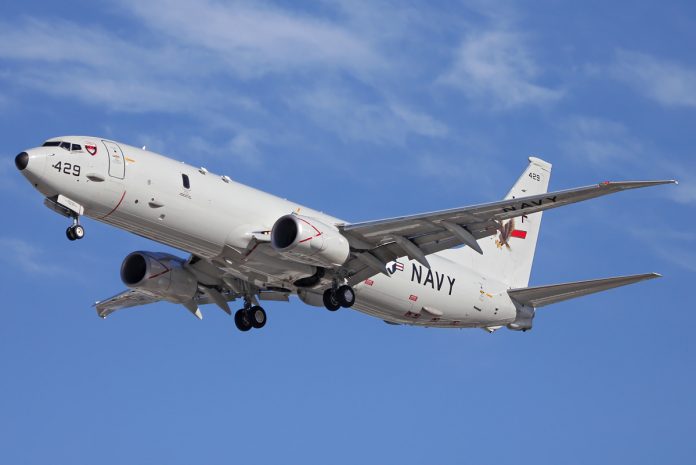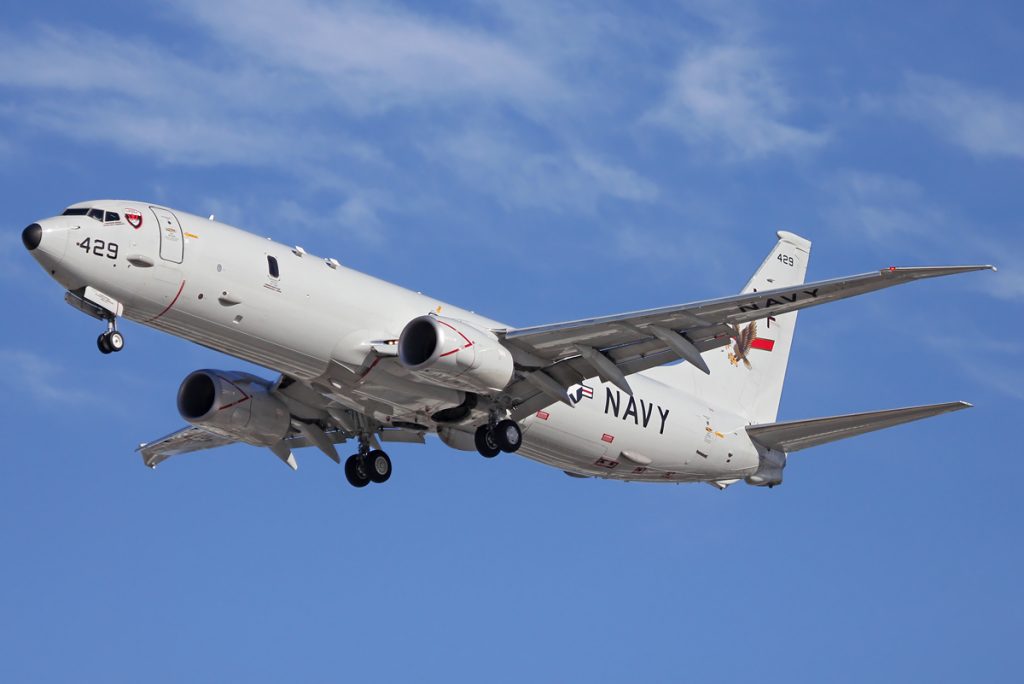
“Eyes in the sky changed everything.” That was how one senior analyst characterized the recent escalation of U.S. military surveillance along the southern border a campaign that has stealthily redefined the terms of counternarcotics operations in 2025. Early in February, a sudden increase in Navy P-8A Poseidon sorties over cartel corridors coincided with the disappearance of a large drug lab, leaving veteran observers intrigued and disturbed.
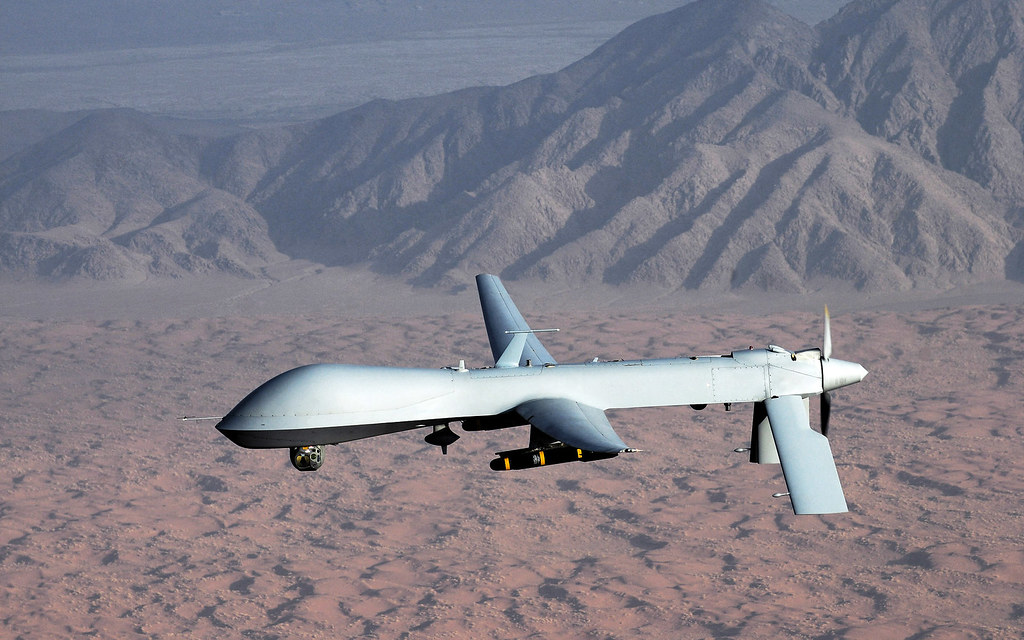
This is not a tale of raids or missiles, but of intelligence, adaptability, and a new chapter in the drug war. The introduction of cutting-edge ISR (intelligence, surveillance, and reconnaissance) assets has compelled criminal organizations to revise their every step, as well as provoked debate about the future of border security and the changing role of military technology. Here, seven of the most important developments expose how high-tech monitoring is reconfiguring the fight against cartels and what’s next.
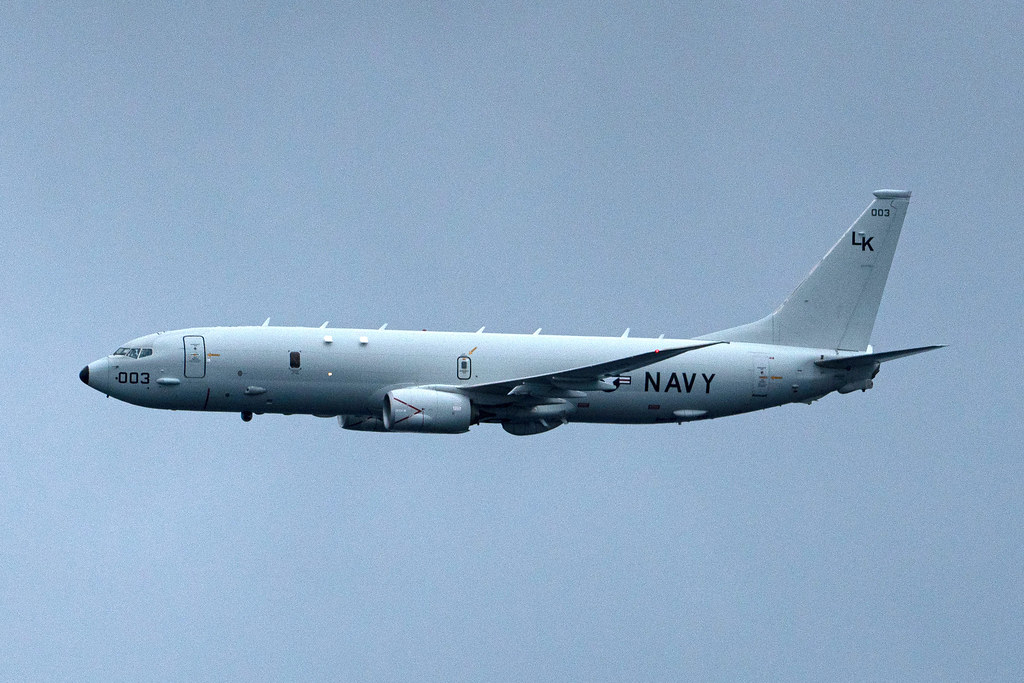
1. The P-8A Poseidon: Submarine Hunter Turned Cartel Watchdog
Designed initially for use in anti-submarine warfare, the P-8A Poseidon has been converted into a surveillance machine capable of monitoring the U.S.-Mexico border. Equipped with long-range radar, electro-optical sensors, and highly advanced communications, the Poseidon now sweeps large expanses of desert and mountain for criminal activity. According to USNI News, Patrol and Reconnaissance wings 10 and 11 have cycled through heavy flight rates, conducting a minimum of 18 missions in a 10-day period a historic spike from the former one-per-month rate.
This change mirrors a wider strategic reorientation. The Pentagon, long obsessed with threats abroad, is now deploying its most sophisticated ISR capabilities to battle cartels, a new era of border security. “This memorandum is issued in order to stop the invasion of the border, destroy criminal cartels, and restore national sovereignty,” the presidential executive order stated, pledging the gravity of the undertaking.
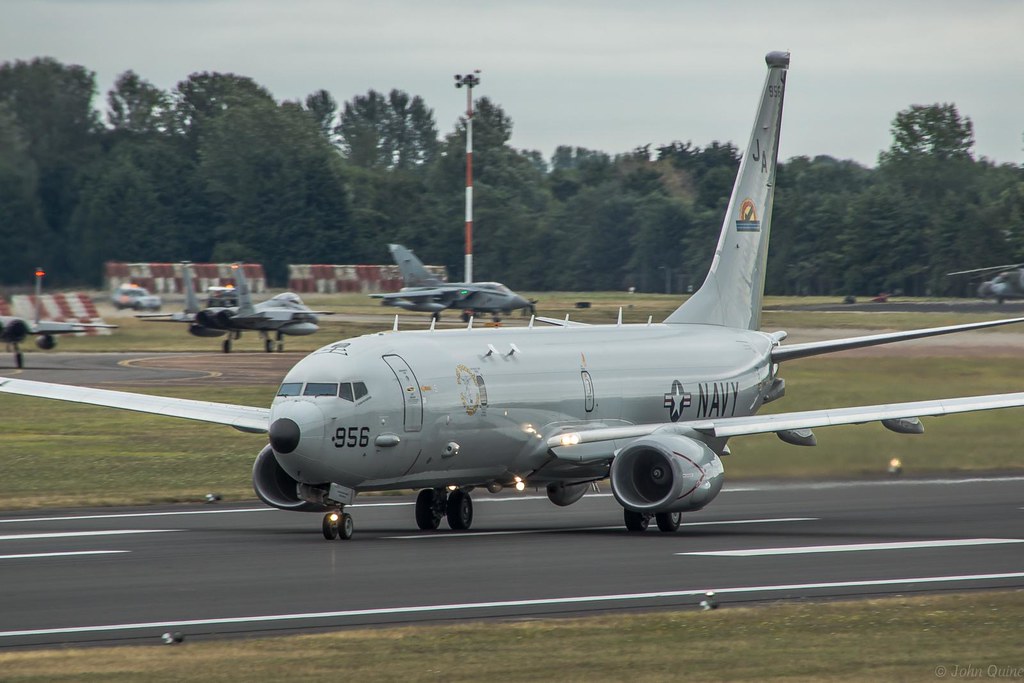
2. A Lost Drug Lab and the Deterrent Effect
Within days of the Poseidon flights, Mexican marines found a fully shut-down drug lab empty vats, stripped equipment, not a hint of narcotics. The coincidence was no accident, analysts say. According to one security expert, “While there is no confirmation of a direct strike, analysts believe the P-8 missions may have pressured the cartel to shut down and erase its operations at the facility.”
This is part of a larger trend: 95% of the labs Mexico’s military raided in 2023 had already been shut down when discovered. Even having high-altitude surveillance present has become a strong inhibitor, causing traffickers to flee from locations instead of taking the risk of being caught.
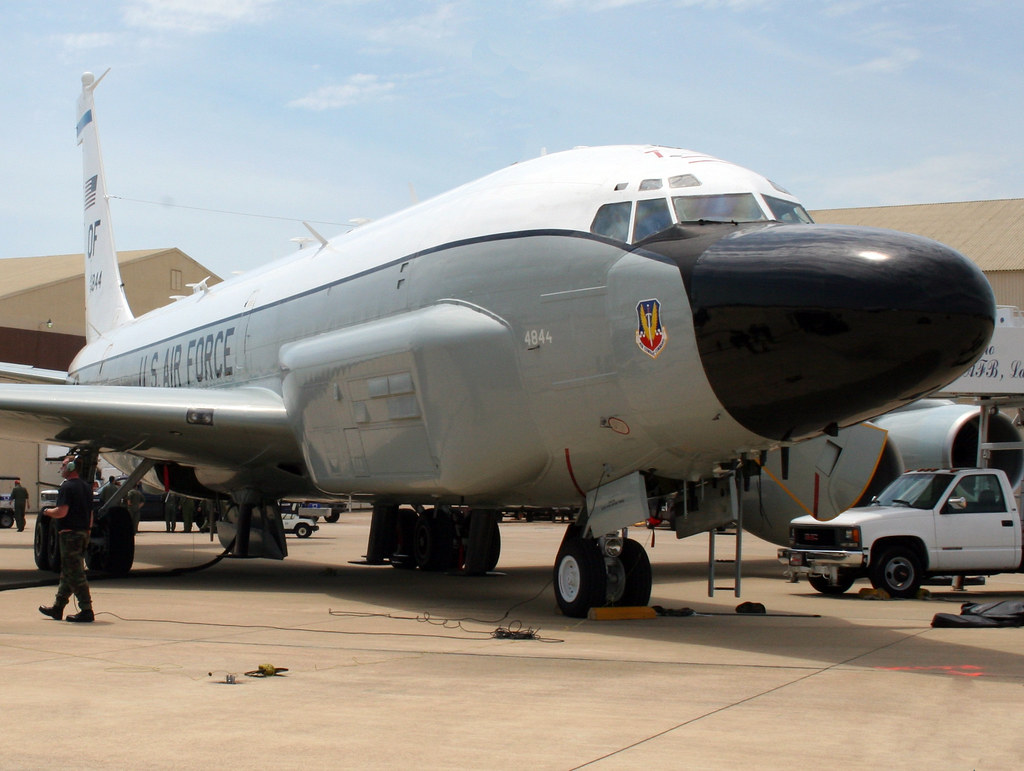
3. ISR Expansion: U-2s, Drones, and the Deep Sensing Revolution
Poseidon has company in this effort. The U.S. has sent a collection of ISR assets such as U-2 spy planes and RC-135 Rivet Joint aircraft able to gather signals and imagery intelligence deep within Mexico even when still in U.S. airspace. A February 3 near-six-hour U-2 flight was a rare application for counternarcotics of this Cold War-era system, showing the Pentagon’s willingness to adjust.
Meanwhile, the Army is pushing forward with next-generation ISR programs like HADES and ARTEMIS, which promise even greater range, endurance, and data fusion. These initiatives reflect a commitment to “see farther, see more, and see more persistently than our enemies,” as Project Director Dennis Teefy explained.

4. Cartels’ Rapid Adaptation: Drones, Lookouts, and New Hideouts
Criminal networks are not standing still. Cartels have deployed their own surveillance drones and lookouts, quickly detecting unusual flight patterns or radar activity. As U.S. Rep. Henry Cuellar told Border Report, “We’re at a disadvantage in many ways when it comes to the drones used by the cartels. The cartels don’t go through a procurement process. They have the money, go buy and, boom, use them.”
Confronted by the threat of ISR, traffickers have relocated chemists to secluded areas, divided labs into mini-units, or transferred production to concealed tunnels and containers. The outcome is a cat-and-mouse situation where every party struggles to outwit the other’s technology and techniques.
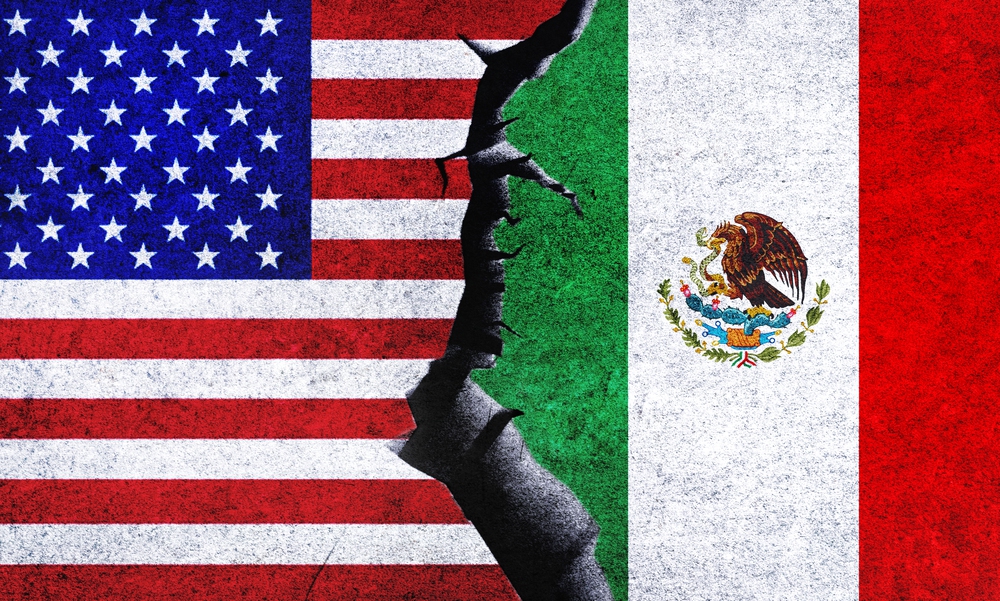
5. Policy and Diplomacy: Managing Sovereignty and Cooperation
The increase in military surveillance has not escaped the notice of policymakers. Mexican President Claudia Sheinbaum has openly insisted that U.S. flights are still above American airspace, attempting to tread the line between cooperation and sovereignty concerns. Meanwhile, Washington boasts the gains: border meth, cocaine, and precursors seizures have increased as agencies move on aerial intelligence.
But diplomatic dance is a fine one. The threat of direct U.S. military intervention within Mexico, bombing cartel laboratories, for example,e is still contentious, with some officials cautioning it could destabilize the relationship with America’s most important trading partner. As Will Freeman of The New York Times wrote, “Yes, parts of the state collude with the cartels, but there are others resisting, and we need them. to work with us.”

6. The Future of ISR: Deep Sensing, AI, and Ethical Challenges
Future-looking, the U.S. military is putting money into deep sensing technologies, artificial intelligence, and multi-domain ISR platforms in order to continue its dominance. The Army’s HADES program, for instance, works to provide persistent, high-altitude intelligence collection, while ARTEMIS works with modular sensor suites for near-real-time data exploitation. Per Government Procurement, these developments are meant to “provide increased collection capability to service organic collection requirements while simultaneously contributing to All-Domain awareness.”
But new power brings new responsibility. The use of AI in military spying is being brought into question, with the Army going out of its way to point out that “AI will only be used to support decision-making processes. and never to replace it.” Ensuring that technology supports, and does not supplant, human judgment remains a guiding tenet.
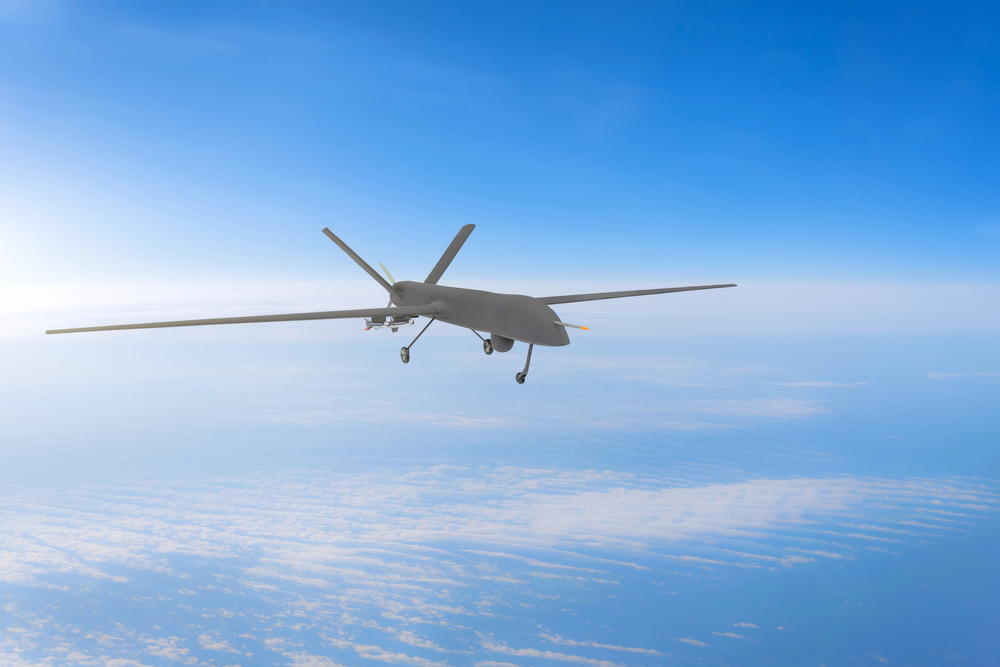
7. A New Phase in the Drug War: Pressure Without Bullets
The present airborne surveillance blitz is a departure from kinetic operations to pressure driven by intelligence. ISR technology-rich platforms have become instruments of not only targeting, but of deterrence, pressuring cartels to disperse, evolve, and conceal themselves. As Air Force General Gregory Guillot described it, “We have also increased some uniquely military capabilities. primarily through airborne ISR to get more information on [cartels] and figure out how we can counter their actions.”
But the fight is far from won. Cartels are deeply entrenched in international drug networks, and each advance in surveillance is countered with fresh countermeasures. The battle between innovation and adaptation continues, with stakes as high as ever.

The explosive growth in ISR technology has added a new dimension to border security and counternarcotics strategy. Instead of confrontation, the U.S. is using relentless monitoring and data-based intelligence to cut off cartel operations before they can grow. As each side evolves, the result will depend on which one innovates more quickly and on how judiciously new tools are applied. The southern border has been turned into a testing ground for the next generation of intelligence warfare by defense analysts and technologists alike.
